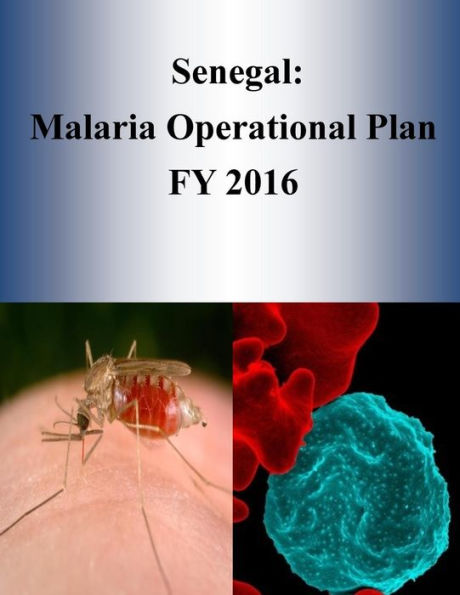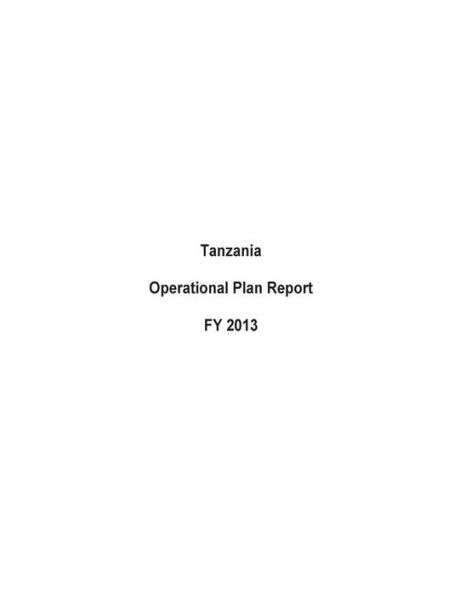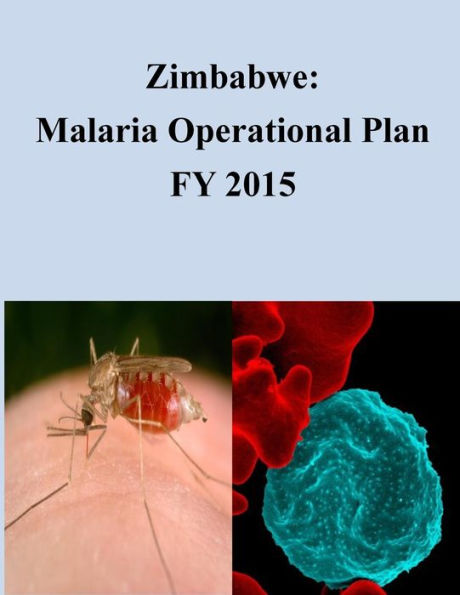Home
Ghana Operational Plan Report FY 2013
Barnes and Noble
Loading Inventory...
Ghana Operational Plan Report FY 2013
Current price: $19.95

Barnes and Noble
Ghana Operational Plan Report FY 2013
Current price: $19.95
Loading Inventory...
Size: OS
*Product information may vary - to confirm product availability, pricing, shipping and return information please contact Barnes and Noble
HIV prevalence and incidence have been declining in the general population since prevalence peaked at 2.4% in 1998 and is presently estimated at 1.5% in the general population. Nevertheless, the numbers of persons living with HIV and AIDS continue to increase due to population growth and to the decline in AIDS deaths as more infected persons receive anti-retroviral treatment (ART). HIV infection rates among young pregnant women attending antenatal clinics have been declining as measured by the national HIV sentinel surveillance system. HIV prevalence among persons 15 - 24 years old is estimated to be 1.7% and is expected to decline. HIV prevalence in key populations (11% in sex workers and 18% in MSM) and in tuberculosis patients (15%) continues to be much higher than that of the general population. From a modes of transmission study (MOT) conducted in 2008, it is estimated that sexual transmission accounts for the majority of new adult infections and that almost 40% of new adult infections can be attributed to FSWs, their clients and the partners of their clients, and MSM. Twenty nine percent of new infections are attributed to casual heterosexual sex and the partners of those who engage in casual heterosexual sex. It is unclear if informal transactional sex by people who do not consider themselves sex workers (e.g., university students) represents another driver of the epidemic. An estimated 9% of all new infections is attributed to MTCT of HIV.
HIV prevalence and incidence have been declining in the general population since prevalence peaked at 2.4% in 1998 and is presently estimated at 1.5% in the general population. Nevertheless, the numbers of persons living with HIV and AIDS continue to increase due to population growth and to the decline in AIDS deaths as more infected persons receive anti-retroviral treatment (ART). HIV infection rates among young pregnant women attending antenatal clinics have been declining as measured by the national HIV sentinel surveillance system. HIV prevalence among persons 15 - 24 years old is estimated to be 1.7% and is expected to decline. HIV prevalence in key populations (11% in sex workers and 18% in MSM) and in tuberculosis patients (15%) continues to be much higher than that of the general population. From a modes of transmission study (MOT) conducted in 2008, it is estimated that sexual transmission accounts for the majority of new adult infections and that almost 40% of new adult infections can be attributed to FSWs, their clients and the partners of their clients, and MSM. Twenty nine percent of new infections are attributed to casual heterosexual sex and the partners of those who engage in casual heterosexual sex. It is unclear if informal transactional sex by people who do not consider themselves sex workers (e.g., university students) represents another driver of the epidemic. An estimated 9% of all new infections is attributed to MTCT of HIV.

















